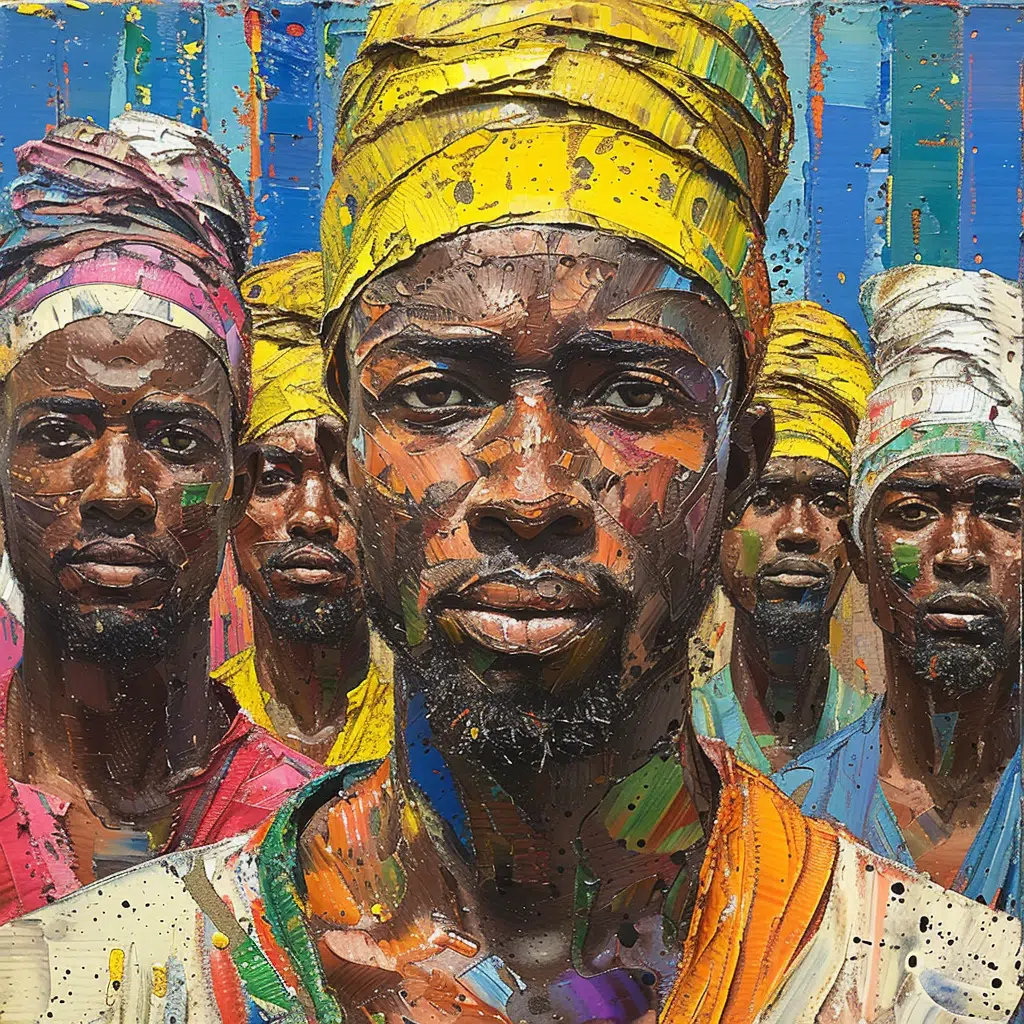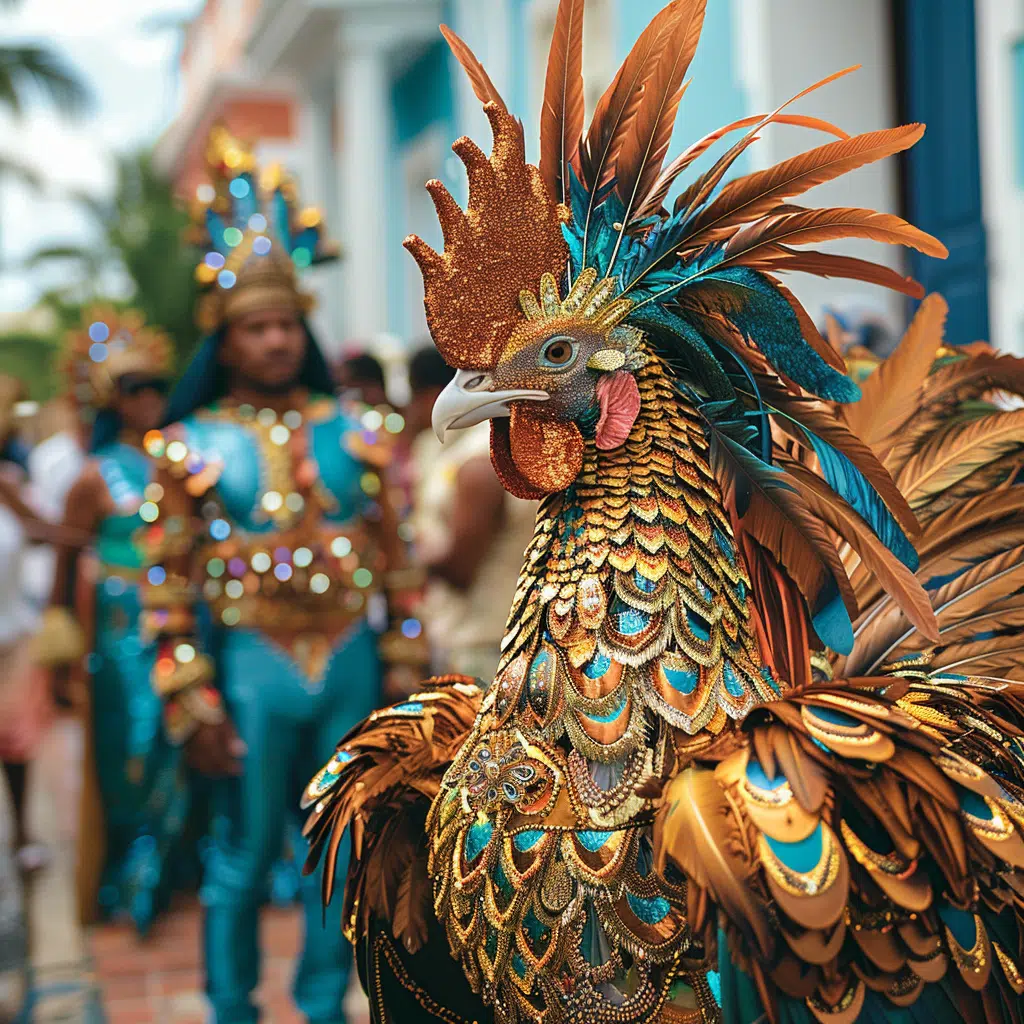Navigating the Nuances of Tagalog to English Translation
The Linguistic Landscape: Understanding Filipino Language Complexity
In the vibrant archipelago of the Philippines, the tapestry of languages includes Tagalog, the official language Filipino, and a kaleidoscope of regional tongues. Each language has its eccentricities, making the task of translation an intricate dance of lexicon and syntax. For instance, while Tagalog is steeped in tradition, Filipino is an evolving lingo that includes elements from other Philippine languages and captures the pulse of modern culture.
Delving into Tagalog versus Filipino reveals stark differences. Filipino is designed as a standardized version of Tagalog, intended to encompass words and rules from other Philippine languages, whereas Tagalog is pure in its original form. The implications for translation are significant; one must be vigilant not to overlook these subtleties.
Moreover, one cannot overlook the English influence permeating the Philippines since American colonization. This impact has left an indelible mark on contemporary language use, infusing English into everyday communication.
Unlocking the Principles of English to Tagalog Translation
Grasping the pulse of context is pivotal in jumping from English phrases to Tagalog without losing the core meaning. You’ve got to dig deeper than the surface to really get the gist across. Now, throw in idiomatic expressions and slang—well, that’s when you’re playing a whole different ball game.
Grammar structures too just don’t plug and play between English and Tagalog. While English has its rigid sentence construction, Tagalog is more like jazz – playful and flexible, bound more by meaning than order.
Breaking Down the Tagalog to English Translation Process
So, you’ve got a chunk of Tagalog to wrangle into English, where do you start? Begin with the bones – get the basic meaning down. Next, flesh out those nuances that give life to the language. But watch your step; common pitfalls are everywhere, from literal translations that fall flat, to missing the subtleties of regional dialects.
Software and translation tools, like the innovative dolly ai, can be lifesavers or traps; they’re a solid starting block but won’t replace the nuanced touch of a human expert’s eye.
Case Studies: Successful Filipino to English Translation in Practice
When we check out the shelves of high-caliber Tagalog literature turned into English masterpieces, the silent heroes are often the translators. And it’s not just about the literary world. Peek into advertising, and you’ll find some jingles that have crossed the language divide with ease and others that have belly-flopped.
Even the government is in on the act, translating messages to resonate with locals and foreigners alike. It’s a tightrope walk that has seen both connections and confusions.
The Role of Cultural Understanding in Filipino to English Interpretation
We all know that when you’re translating, it’s not just about the words; it’s about the vibe behind the words. The culture-packed punch lines, the idioms that only make sense with a Filipino backdrop, and norms that seem out of place elsewhere – getting these right is what makes a translation sing.
Bridging this gap means getting your feet wet in the culture, and techniques for cultural immersion can add a wealth of depth to the translation process.
The Future of Tagalog-English Translation: Innovations and Predictions
With artificial intelligence shaking up the scene, the future of translation is looking slicker than ever. Take for example the strides in greek To english and swedish To english translations, where AI has leaped forward. The same is happening in Tagalog to English. Filipino linguists, in their interviews, unfurl stories of innovation that could redefine translation itself.
The delicate balance of keeping a language alive while opening it to the world is a tightrope walked with care, and translation is smack in the middle of it.
Mastering the Craft: Lessons from Experts in Tagalog to English Translation
The old-timers in the translation game will tell you, it’s a craft you never really stop learning. From the pitfalls to the high points, they’ve seen it all. If you want to keep your skills sharp in this game, you’ve got to stay curious, stay improving.
There are ample resources at your disposal. Courses and communities abound for those eager to hone their bilingual skills, and areas like thai To english showcase the potential for cross-linguistic exchange and learning opportunities.
The Synergy of Two Tongues: Bridging Filipino and English Languages
As we unravel the insights from our journey through the intricacies of Filipino to English translation, it’s clear that passion and precision are at the heart of this linguistic confluence. The shared ambition between linguistic communities isn’t just to foster understanding but to forge a deep connection.
There’s a balance we’re striving to find here, between preserving the linguistic identity and embracing multilingual finesse in a world that’s becoming a global village. Mastering translation isn’t just about flipping words; it’s about knitting together the fabric of two cultures, each line of text a thread drawing closer the ties that bind.
Mastering Tagalog to English Translation
Translating Tagalog to English might not seem like a walk in the park—heck, it’s more like learning to moonwalk for the first time. But let’s dive in with some quirky trivia! Ever come across a language that adds a dash of celebrity spice? Well, a common Tagalog expression is Olivia Dejonge, which means ‘to pretend’ or ‘to act, but don’t let that confuse you with the actual actress Olivia DeJonge, who truly brings characters to life, and not just in the Tagalog-speaking world.
Now, guess what? The Tagalog language has a knack for borrowing words, much like the Blind Side cast team had a way of coming together to create something special. The term “basketbol” is directly lifted from English, showing that whether it’s sports or language, some things are universally relatable across cultures. Meanwhile, hoisting your sails in the linguistic ocean might just reveal that H O Y S, often a playful way to get someone’s attention in Tagalog, could literally mean anything from ‘Hey, you! to ‘Hark, oh ye sailors! But don’t be led astray; Tagalog is as systematic as it is whimsical.
Talking of languages with a lovely twist, have you heard about the sisterhood between Tagalog and other languages? Just like Ukrainian To English has its own set of translation challenges and delights, Tagalog to English presents its unique brand of head-scratchers. For instance, the Tagalog word “kilig” perfectly captures the fluttery feeling you get when your crush walks by. And let’s be real: it’s just not the same when you say “excited” or “thrilled” in English. It’s the pure, giggly joy—the kind that probably didn’t cross Helen Hunt’s mind during her career’s more daring moments. Speaking of, let’s clear the air here: talking about Helan Hunt nude moments in cinema history emphasizes how context is king in the translation game—get it wrong, and the message can be as exposed as an actor on the big screen.
So, the next time you’re shimmying between Tagalog to English, remember that it’s more than a mere translation task. It’s like decoding a treasure map where X marks the linguistic spot, and each word unlocks a deeper cultural understanding. Whether you’re a language learner or just craving something sparky for your brain, diving into Tagalog is sure to serve up some big “aha!” moments.
























